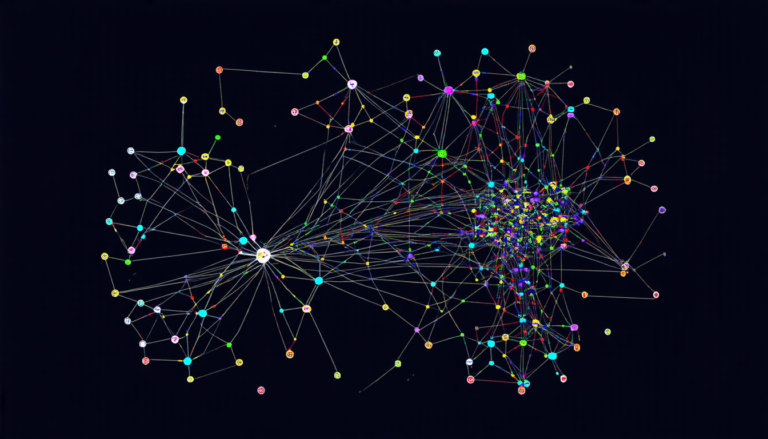Monday 25 August 2025
The quest for intelligent wireless networks has long been a holy grail of sorts for researchers and engineers. The promise of self-optimizing systems that can adapt to changing conditions and provide seamless connectivity has tantalized us for years. Now, a team of scientists has made significant progress towards this goal with the development of a Wireless Multi-Agent System (WMAS) capable of intelligent and customized wireless networks.
At its core, WMAS is an innovative approach to network management that relies on artificial intelligence agents working together to optimize communication and provide tailored services to users. These AI agents, fueled by large language models, can engage in multi-round conversations with each other to coordinate tasks and make decisions in real-time.
The team’s solution builds upon a directed acyclic graph (DAG) model of conversation topology, which allows them to optimize the communication process and reduce overhead. By using reinforcement learning to fine-tune this graph, WMAS is able to self-optimizing and adapt to changing network conditions.
To test their concept, the researchers implemented WMAS on a range of tasks, including data transmission, voice calls, multimedia applications, and AI-based services. The results were impressive: WMAS achieved superior task performance while significantly reducing conversation overhead compared to other multi-agent systems (MAS) frameworks.
The implications of this work are far-reaching. For one, it paves the way for the development of 6G networks that can provide a new level of intelligence and customization. This could enable everything from personalized health monitoring to smart cities infrastructure management. Additionally, WMAS opens up new possibilities for edge AI applications, where local processing and decision-making can be done in real-time.
While there’s still much work to be done before WMAS becomes a reality, this breakthrough is an important step towards creating more efficient, adaptive, and responsive wireless networks. As researchers continue to refine their approach, we may soon see the emergence of intelligent systems that can seamlessly integrate with our daily lives.
Cite this article: “Intelligent Wireless Networks: A Step Towards 6G Reality”, The Science Archive, 2025.
Wireless Networks, Artificial Intelligence, Multi-Agent System, Network Management, Directed Acyclic Graph, Reinforcement Learning, 6G Networks, Edge Ai, Personalized Health Monitoring, Smart Cities Infrastructure Management







